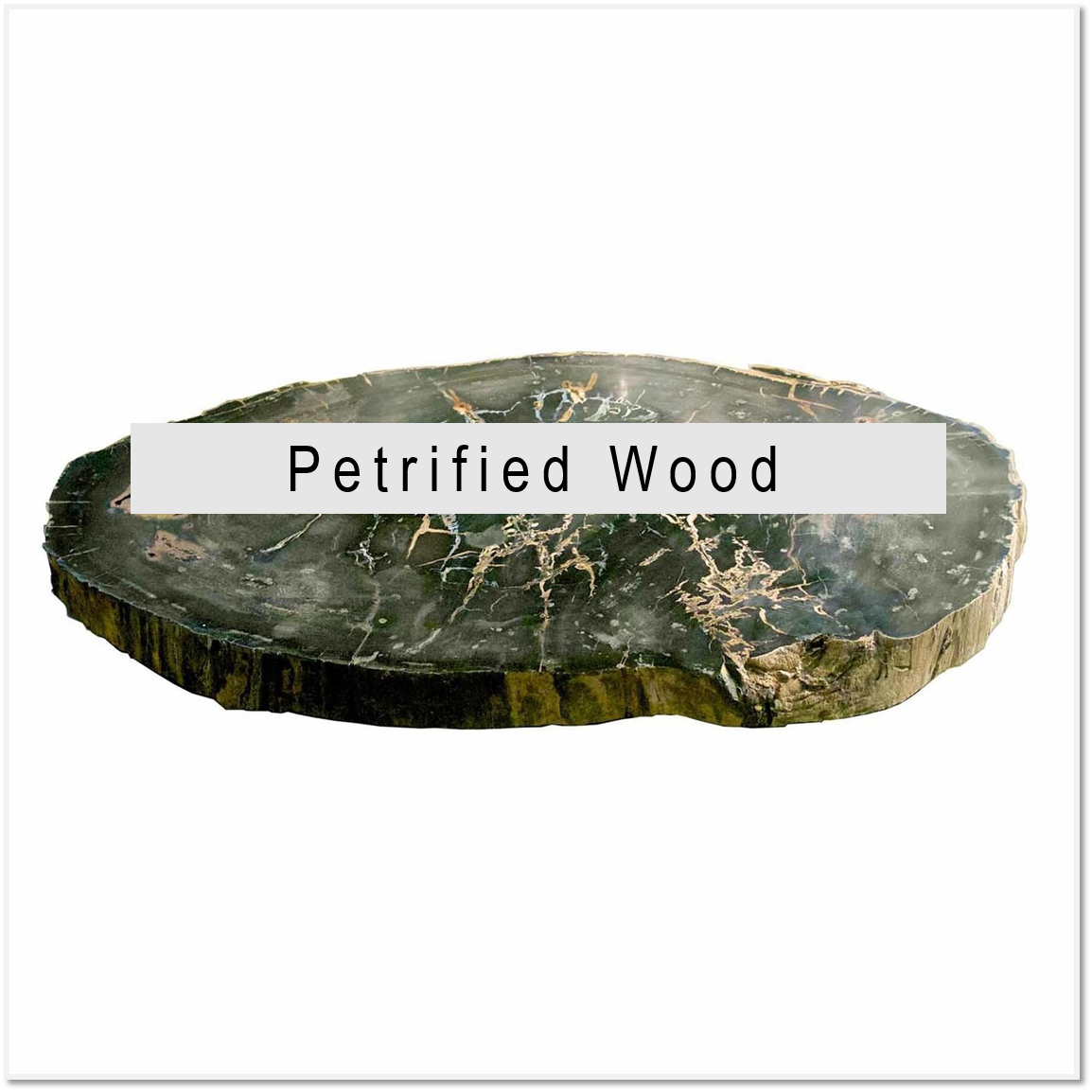Even so, there would be evidence of that. Organized agricultural practices, remnants of the tools, structures, and such. After all, these would have to be durable enough to be used for prolonged periods.
You have to figure anything organic in nature is not going to last any real length of time in the geologic setting. It is extremely rare for organics to remain around unless they are quickly put into an anoxic environment and even then there's biological diagenetic processes that will alter it extremely if not remove it altogether.






